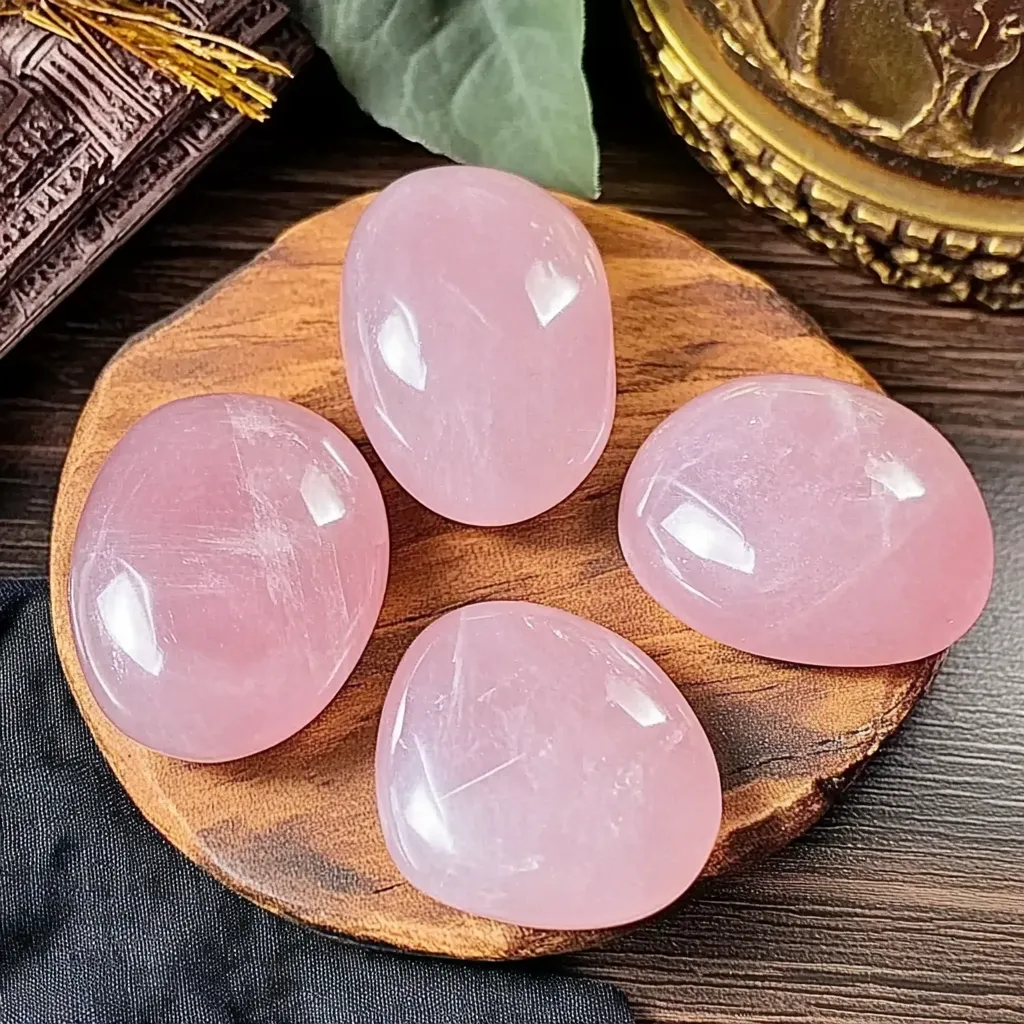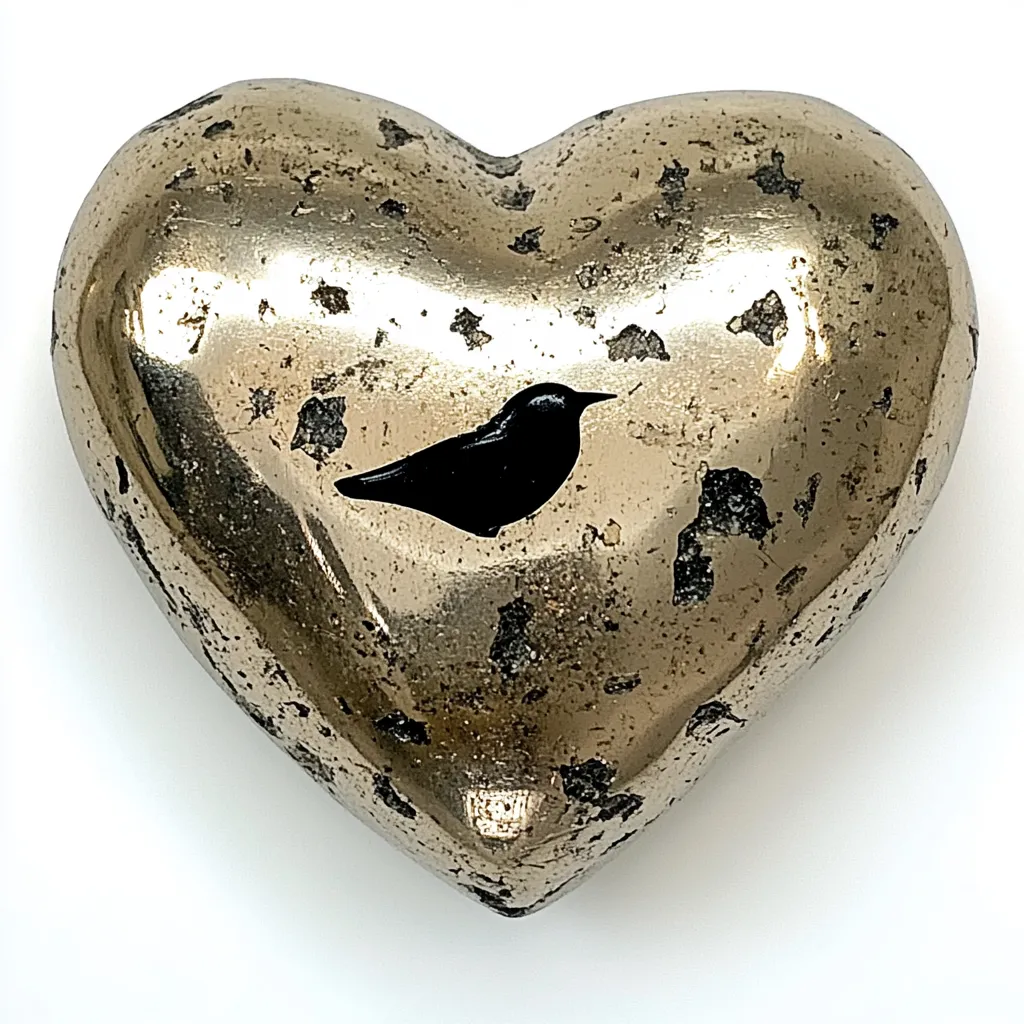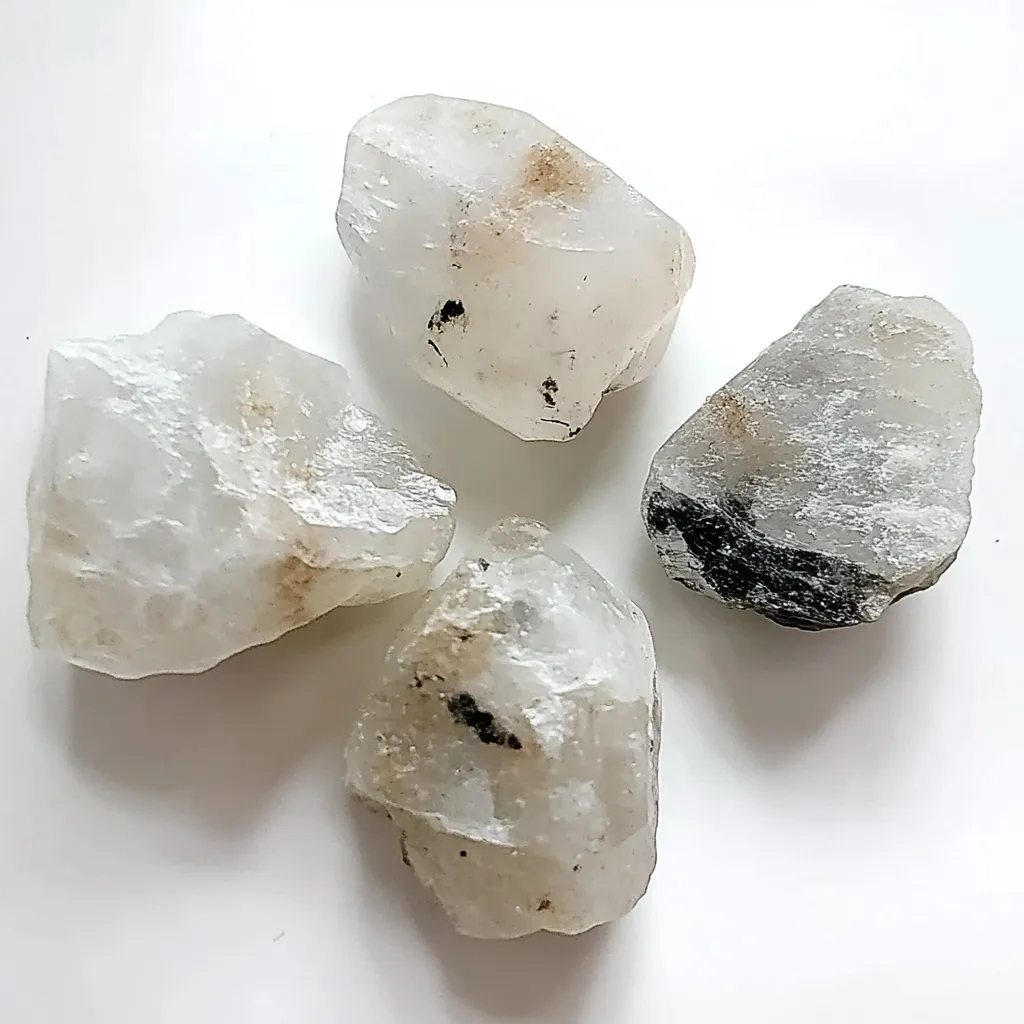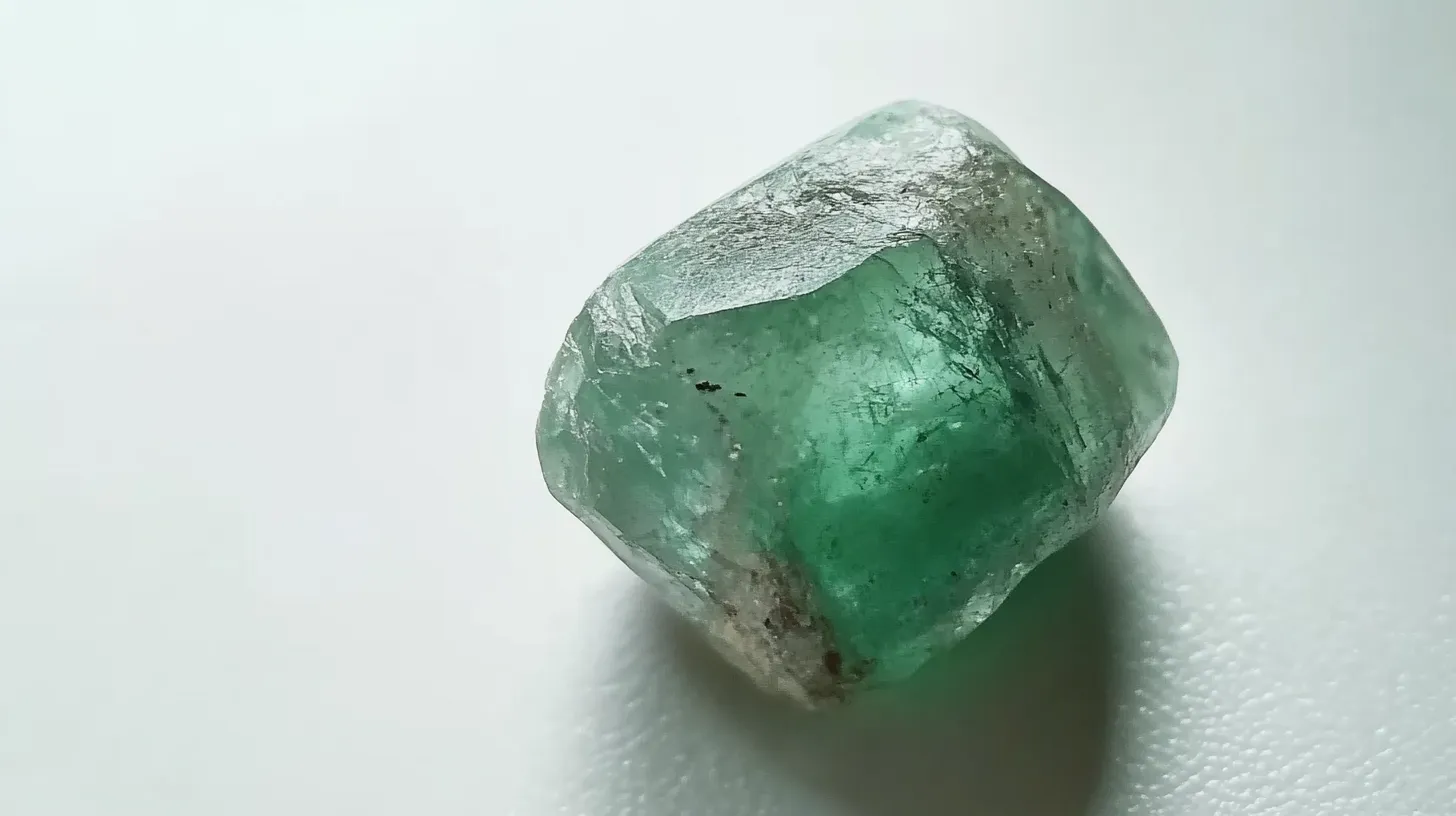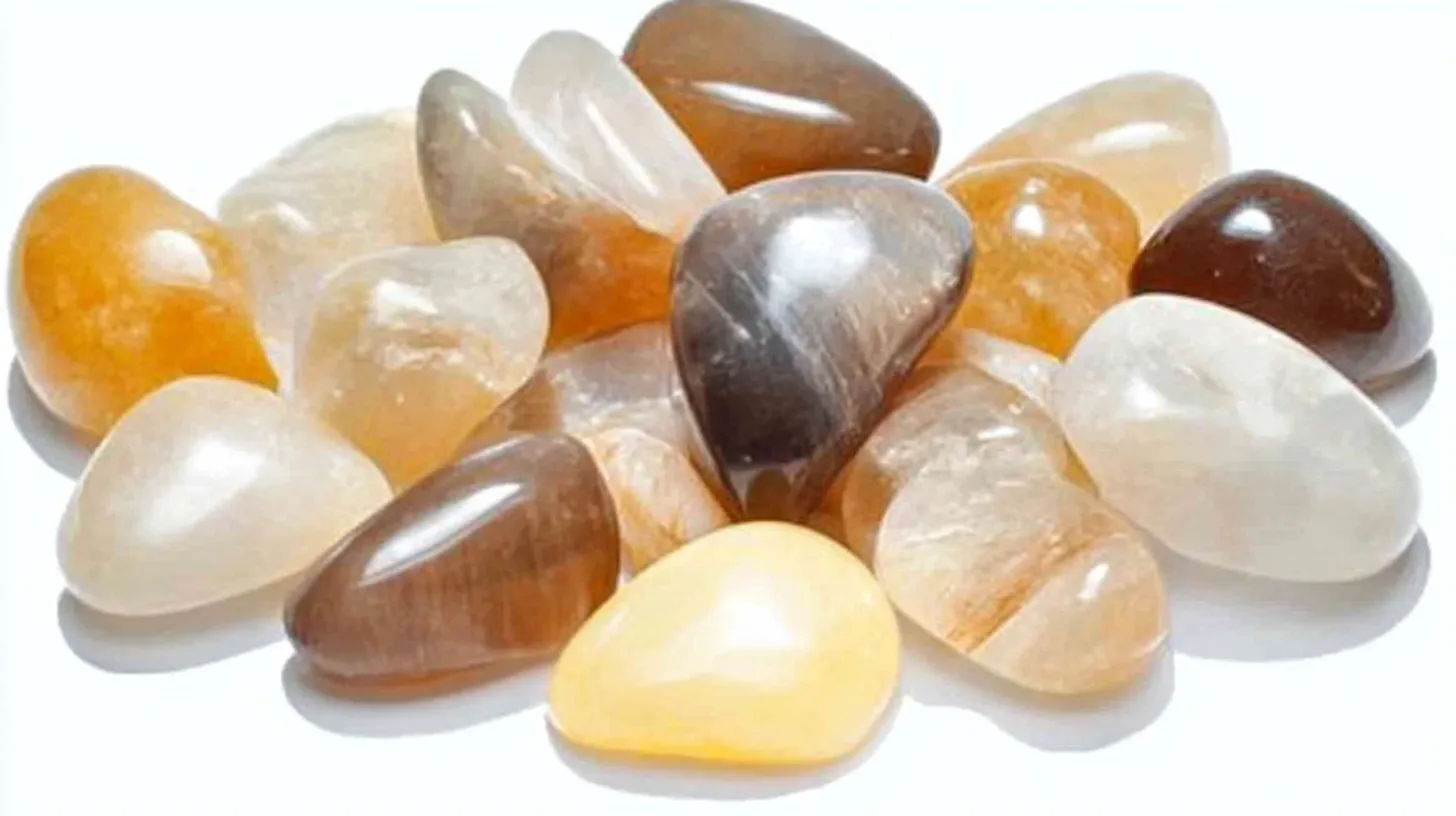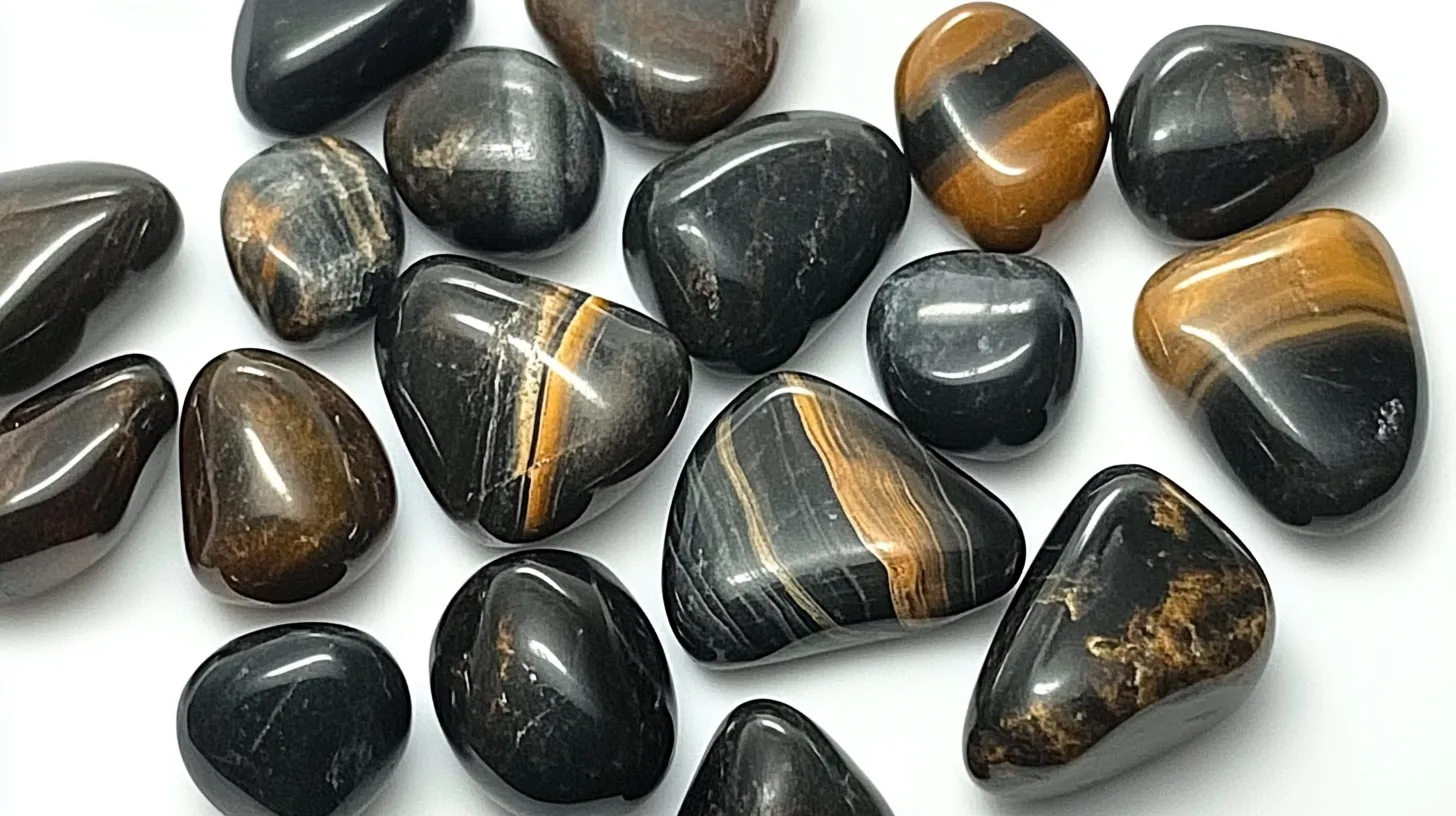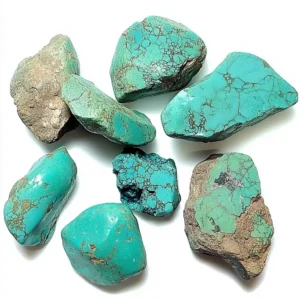

Scientific Characteristics of Turquoise Stone
For ages, people have prized turquoise, a mineral of wonder. Its unusual blue-to-green hue comes from a hydrated phosphate of copper and aluminum. The chemical formula for turquoise is CuAl6(PO4)4(OH)8·4H2O. It forms in dry places where groundwater that is high in copper reacts with aluminum and phosphorous. Beautiful nodules or veins of turquoise develop within host rocks, such as limestone or sandstone, through this process.
On the Mohs scale, turquoise has a rather low hardness; it ranks between 5 and 6. It is thus softer than quartz yet still strong enough for jewelry. Many turquoise stones go through waxing or stabilization to improve their durability since their porous character makes them prone to absorbing oils and chemicals. Although natural, untreated turquoise holds significant value, maintaining its luster requires careful handling.
Turquoise Stone Characteristics
| Land | Explanation |
|---|---|
| Formula in Chemistry | CuAl₆(PO₄)₄(OH)₈∼ 4H₂O |
| Toughness | Five to six on the Mohs scale. |
| Often occurring sites | Iran, the USA, China, Mexico, and Egypt. |
| Creation | Developments in dry, copper-rich surroundings |

Color: Turquoise Stone
Shades of turquoise range from vivid sky blue to deep green. Usually connected with Persian or Iranian turquoise, the most valuable turquoise stones are often vivid robin’s egg blue. While greener tones show the presence of iron or zinc, this vivid blue hue comes from a greater copper content.
Various mines create varying tones of turquoise. For instance, Chinese turquoise often shows a greenish tint because of a higher iron concentration, while stones from the Sleeping Beauty Mine in Arizona are renowned for their pure sky-blue color. Certain turquoise stones also have a matrix—web-like veins of host rock—that can produce wonderful patterns, adding to the stone’s distinctive look.
Turquoise Tones and Their Causes
| Turquoise Tone | Cause |
| Sky blue | Extensive Copper Content |
| Greener Blue | Iron or zinc availability |
| Teal, sometimes known as Dark Green | Copper and iron are combined. |
| Black-or-Brown Matrix | Traces of host rock |

Turquoise Stone Benefits Spirituality
Turquoise has long been considered a stone of wisdom, protection, and communication. It is believed to open the throat chakra, encouraging honest self-expression and clear communication. Many spiritual practitioners wear turquoise to help them articulate their thoughts more effectively and connect with their inner truth.
Beyond communication, turquoise is also known for its protective qualities. Ancient warriors would wear turquoise into battle, believing it could shield them from harm. Today, people wear it as an amulet to ward off negative energies, stress, and even electromagnetic interference. It is also said to enhance intuition, making it a favorite among healers and spiritual seekers.
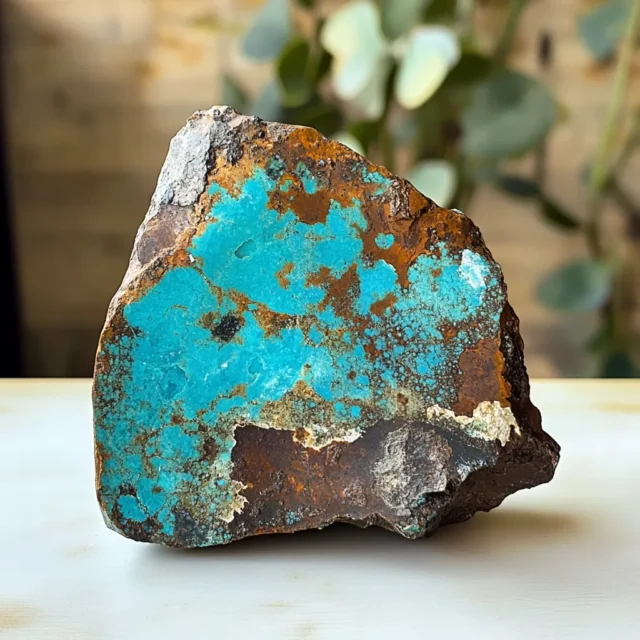
Meditation with Turquoise Stone
Using turquoise in meditation can bring a sense of calm and balance. Because it is closely linked to the throat chakra, meditating with turquoise can help clear blockages in communication and self-expression. Holding a turquoise stone while meditating allows its energy to flow freely, helping individuals feel more aligned with their inner voice.
A great way to meditate with turquoise is to place it on your throat or hold it in your hand while practicing deep breathing exercises. This practice can help release tension, allowing you to access higher states of awareness. Some people also like to incorporate turquoise into guided meditations focused on emotional healing and self-reflection.

Meditation Practices and Benefits
| Meditation Practice | Benefit |
| Holding turquoise in hand. | Enhances communication and self-expression. |
| Placing on throat chakra | Clears throat chakra blockages. |
| Applying in guided meditation | Stimulates emotional balance and healing. |
| Along with breathwork | Increases inner awareness and deep relaxation. |
Marble Stone and Feng Shui
Turquoise is considered in Feng Shui as a stone of calm and protection. Sometimes, people place turquoise in their homes or offices to welcome harmony and good energy. Since turquoise is associated with the water element, it can effectively balance out excessive fire energy in a room.
One typical Feng Shui technique is positioning turquoise close to a house’s entrance to ward against negative forces. In the bedroom, too, it works well since it encourages emotional well-being and peaceful sleep. Keeping turquoise on a desk or in a conference room will help those trying to improve teamwork and communication in an office environment to be more clear and cooperative.

Turquoise Stones and Zodiac Signs
The birthstone for December is turquoise, which is intimately related to Sagittarius and Capricorn. Known for their adventurous and upbeat attitude, Sagittarians will find great benefit from turquoise’s grounding energy in maintaining balance and focus. Conversely, Capricorns can use turquoise to improve their communication abilities and let off tension.
In addition to these two signs, turquoise is believed to benefit several other zodiac signs. For emotional healing, for instance, Pisces might find turquoise helpful; Taurus people can use it to improve their inner awareness and self-consciousness. Whichever the sign, turquoise’s energy gives its wearer protection, calm, and clarity.
Zodiac Signs and Their Benefits from Turquoise
| Zodiac Sign | Gain from Turquoise |
| Sagittarius | Improves grounding and concentration. |
| Capricorn | Enhances communication and reduces tension. |
| Pisces | Aids in emotional recovery. |
| Taurus | Increases consciousness and self-awareness. |
Location for the Blue Stone
Knowing where turquoise belongs in your house, business, or personal space can enhance its benefits. Placing a piece of turquoise under your pillow in the bedroom will help you to relax and lessen nightmares. Keeping turquoise in the living room or close to the door will help create a friendly environment if you wish to improve communication inside your house.
Setting turquoise on your desk in an office or workspace will help you to stay clear-headed and communicate effectively. To offer protection while driving, some people also enjoy keeping a small piece in their vehicle. Whichever location you choose, turquoise performs best in an area where you regularly see or touch it.

A Guide to Cleaning Turquoise Stones
Turquoise is a porous stone; thus, it needs mild cleaning techniques to keep its color. Using a soft cloth and lukewarm water will help you clean turquoise; it’s one of the safest methods. Stone may fade or become brittle from strong chemicals, ultrasonic cleaners, and extended direct sunlight.
Using sound vibrations from singing bowls or tuning forks is another excellent way to energetically clean turquoise. To eliminate negative energies, some people also want turquoise placed next to a cluster of clear quartz or on a bed of dry salt. Regular cleaning guarantees that your turquoise stays energetically charged and continues to offer spiritual benefits.
Cleaning Systems for Turquoise
| System of Cleansing | Is Turquoise Safe? |
| Water and soft cloth | Yes |
| Sunlight exposure | No; it may fade. |
| Sound vibrations | Yes. |
| Salt bed polishing | Yes, only dry salt. |
Understanding the characteristics, uses, and care methods of turquoise will help you to maximize this wonderful stone. Turquoise has a lot of spiritual and energetic benefits, whether you wear it as jewelry, meditate with it, or keep it in your house.

Questions and Answers
More Facts About Turquoise
Varieties of Turquoise
There are several colors and forms for turquoise; the most well-known ones are blue and green turquoise stones. While the greenish color originates from iron traces, the blue variant is typically associated with copper content. Turquoise is a very versatile stone that is made specifically with these hues for jewelry and décor. Real Turquoise Raw Stone, which highlights the gem’s inherent, unspoiled beauty, also appeals to some collectors.
Turquoise Color Variations
| Turquoise Type | Color Origin | Common Uses |
|---|---|---|
| Blue Turquoise | Copper content | Jewelry, decoration |
| Green Turquoise | Iron traces | Collectibles, jewelry |
| Raw Turquoise | Natural, unpolished | Collector’s item, spiritual use |
Light vs. Blue
The confusion between Howlite and Turquoise is a regular problem in the gemstone business. Howlite is one white mineral that can undergo dyeing to resemble turquoise. Though it looks similar, howlite lacks the inherent veining and durability of real turquoise. To prevent imitations, buyers should be careful and make sure the real turquoise they buy comes from reliable sources.
Turquoise Mohs Hardness
On the Mohs hardness scale, turquoise is a rather soft stone falling between 5 and 6. This property makes it less difficult than quartz, but given proper treatment, it is still sufficiently strong for jewelry. Turquoise’s softness makes handling careful, though, to avoid damage and scratches.
Spiritual Meaning and Turquoise Aura Color
Many think that turquoise has excellent metaphysical qualities. The aura color of turquoise is associated with communication, peace, and clarity. Among those who use spiritual healing and energy work, it is preferred since it is supposed to balance the mind and body.
Blue in Jewelry and Ornamentation
The Turquoise Heart, which stands for love, protection, and emotional healing, is among the most lovely designs of turquoise jewelry. Less often used but equally brilliant is the Round Faceted Clear Turquoise Rhinestone, which finds excellent application in sophisticated jewelry designs.
Popular Turquoise Jewelry Designs
| Jewelry Type | Symbolism | Popular Usage |
|---|---|---|
| Turquoise Heart | Love, protection, healing | Pendants, bracelets |
| Round Faceted Turquoise | Elegance, sophistication | Rings, earrings |
| Raw Turquoise Pieces | Natural beauty, uniqueness | Collector’s items |
December Birthstone: Yellow
For those born in December, turquoise is known as the birthstone and makes a significant gift. It is believed to bestow upon its wearer protection, peace, and good fortune. Turquoise jewelry is a popular choice for birthday presents or personal talismans.
Negative Repercussions of Blue
While turquoise is typically associated with positive energy, some individuals hold the belief that it can have negative effects when it doesn’t align with their energy. People believe that wearing turquoise incorrectly can lead to emotional imbalance or even bring bad luck. Still, these ideas change depending on the cultural viewpoint.
Open to the Public: Turquoise Mines
Several turquoise mines open to the public provide guided trips and digging chances for those who want to find their blue. These mines let guests discover natural turquoise and learn about its geological formation at the same time.
Mine Map in Turquoise Gray
A turquoise mine map is a great tool if you are looking for blue mines. It helps collectors and adventurers locate sites where they may investigate or buy real turquoise straight from the source by including sites of both historic and active turquoise mines all around the world.

